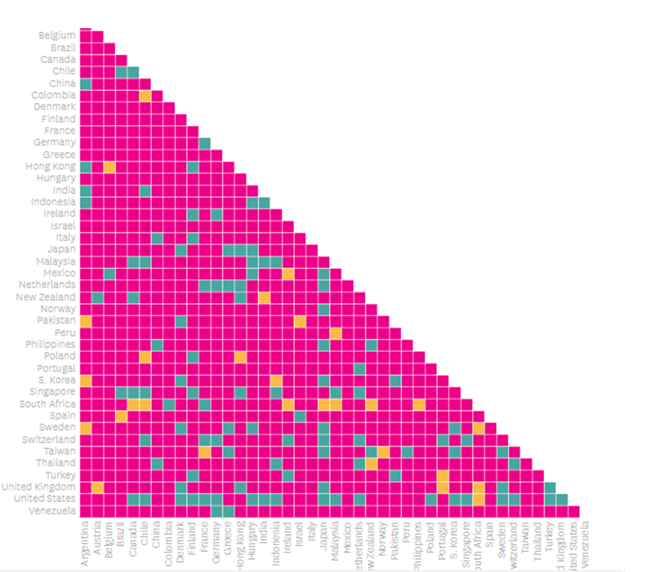Contextualization in IT - Part 1

Contextualization in IT — What Is It and Why Do You Need It? Part 1
With so much data pouring in from multiple digital touchpoints, does it make sense for enterprises to make decisions in a vacuum? Over this series of blogs, I look at how data can be leveraged to contextualize IT decisions.
Business Leaders Need to Relook at Decision-Making Structures
In today’s dynamic business environment, enterprises are faced with making a plethora of business and operational decisions every single day. And this must adapt to changing work environments, including demand flux, escalations in workflows, ad-hoc requirements, etc. More often than not, they are left playing a catch-up game as the systems always react to a historical event without complete visibility into the context.
In contrast, by drawing contextual insights from data, enterprises can make sure that they choose the next-best path at every inflection point, with maximum confidence. And this can make a big difference to organizational success. Take a look at this study by the Harvard Business School, which pointed out the massive variance in decision impacts when the contexts are different.
The study looked at how a widget deployed by an American company would work across different geographies, each with its own locational, cultural, and user-specific context. Originally, it was assumed that the correlation charts would look like this:

But surprisingly, HBR found that there was a correlation in only 11% of pairs, that too in geographies with near-identical contexts like the Us and Canada. In most cases (86%) there was no correlation at all, while 3% actually showed a negative correlation, as illustrated here:

The study is indicative of why context is so necessary when making decisions on a macro scale — and the same applies to micro-operations like IT as well. That’s why the context-aware computing market is expected to reach $158 billion in less than five years, growing at an incredible CAGR of 30%.
Defining Contextualization of IT for Modern Enterprises
Gartner defines context-aware computing as a model where “situational and environmental information about people, places and things is used to anticipate immediate needs and proactively offer enriched, situation-aware and usable content, functions and experiences.”
In other words, it refers to the use of data analytics to monitor contextual variables and detect how they can contribute to the decision-making process. For example, a cloud migration plan can be built on contextual application data that underscores its risk, mission criticality, and role in the future of the business. But in today’s data-driven world, context can be derived from a variety of sources, even including unstructured data types such as location, temperature, social media, etc.
The possibilities are almost limitless.
How Can You Leverage Contextualized IT for Process Improvements?
Collecting contextual data is only the first step. Combined with advanced analytics, it can reveal a holistic view of the scenario at hand, powering intelligent decisions. This is encapsulated in the contextual intelligence trend, a market that’s garnered serious interest, from 32% of CIOs (and that’s just in retail).
Contextualization can help you:
● Preventing fraud by studying user behavior patterns and spotting relevant anomalies
● Automating intelligently, beyond rigid business rules, to enable adaptive process automation
● Enhancing CRM s with contextual data delivered to contact center executives in real-time
● Optimizing asset utilization by monitoring the context of remote assets
These are among the top ways in which business leaders can leverage contextualization to rewire their operations.

Source: Photo by Adeolu Eletu on Unsplash
Over the next few years, enterprises face a lot of difficult decisions as to their digital transformation journey. Migrating to the cloud, modernizing applications, realigning the workforce, and other milestones lie ahead. A foundation of contextual data overlayed with analytics and visualization dashboards will prove to be an invaluable lever for decision-making.
In the next blog, I look at four technology giants making strides in contextualized IT, and what you can learn from them. Watch this space for more!
